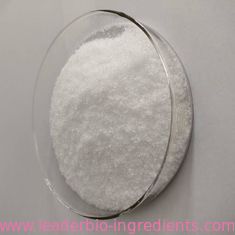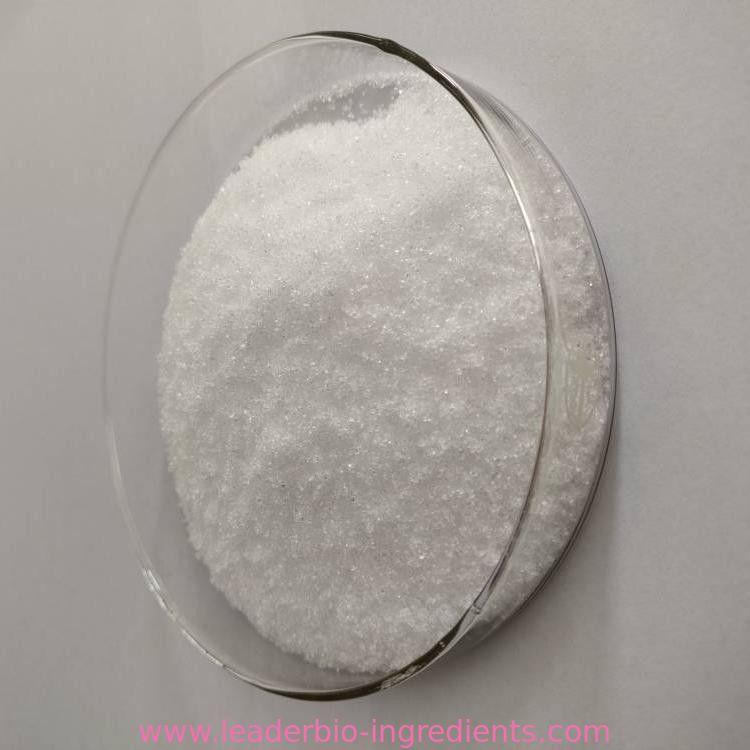| Chemical Properties |
White crystal or powder. Melting point 171-172℃, boiling point 219-220℃/1.3kPa, soluble in ethanol and water, slightly soluble in ethyl acetate, benzene, insoluble in r, carbon tetrachloride,copper,aluminum corrosion effects,irritant. |
| Uses of Biology |
Tris base, also known as THAM, is widely used as a biological buffer or as a component of buffer formulations such as TAE and TBE buffers. Tris has a pKa of 8.06 and is very useful in the biology and biochemistry lab because it has buffering capabilities in the range of the typical physiological pH of most living organisms (pH 7.0-9.0). Tris has been reported to interfere with the activity of a number of enzymes, it should therefore be used carefully when studying proteins. |
| Uses |
1, Tris buffer, only nucleic acids and proteins are widely used as solvents.
2, Tris is used for protein crystal growth under different pH conditions.
3, Tris buffer having a low ionic strength can be used nematode (C. elegans) is formed lamin (lamin) intermediate fibers.
4, Tris is a major component of protein electrophoresis buffer.
5, Tris for the preparation of a surfactant, a vulcanization accelerator, and some drug intermediates.
6, Tris titrated also used as standard. |
| Chemical Properties |
White, crystalline solid. PH (0.1M aqueous solution) 10.6, corrosive to copper, brass, aluminum. Solubility in water 80 g/100 cc (20C). Combustible. |
| Originator |
Trisaminol,Bellon,France,1964 |
| Uses |
tromethamine can help mask odor in a formulation. It is also used as a buffer, keeping product pH stable. |
| Uses |
In the synthesis of surface-active agents, vulcanization accelerators, pharmaceuticals. As emulsifying agent for cosmetic creams and lotions, mineral oil and paraffin wax emulsions, leather dressings, textile specialties, polishes, cleaning Compounds, so-called soluble oils. Absorbent for acidic gases. Biological buffer. |
| Manufacturing Process |
Nitromethane is reacted with formaldehyde to give tris(hydroxymethyl)nitromethane in an initial step. This intermediate may be reduced by catalytic hydrogenation (US Patent 2,174,242) or by electrolytic reduction (US Patent 2,485,982). |
| Brand name |
Tham (Hospira). |
| Therapeutic Function |
Antacid |
| Biological Activity |
Commonly used laboratory reagent |
| Purification Methods |
TRIS can ordinarily be obtained in highly pure form suitable for use as an acidimetric standard. If only impure material is available, it should be crystallised from 20% EtOH, aqueous MeOH (m 171.1o) or isopropanol (m 172-173o). Dry it in a vacuum desiccator over P2O5 or CaCl2. Alternatively, it is dissolved in twice its weight of water at 55-60o, filtered, concentrated to half its volume and poured slowly, with stirring, into about twice its volume of EtOH. The crystals which separate on cooling to 3-4o are filtered off, washed with a little MeOH, air dried by suction, then finally ground and dried in a vacuum desiccator over P2O5. It has also been recrystallised from water, MeOH or aqueous MeOH, and vacuum dried at 80o for 2 days. [Beilstein 4 H 303, 4 III 857, 4 IV 1903.] |

